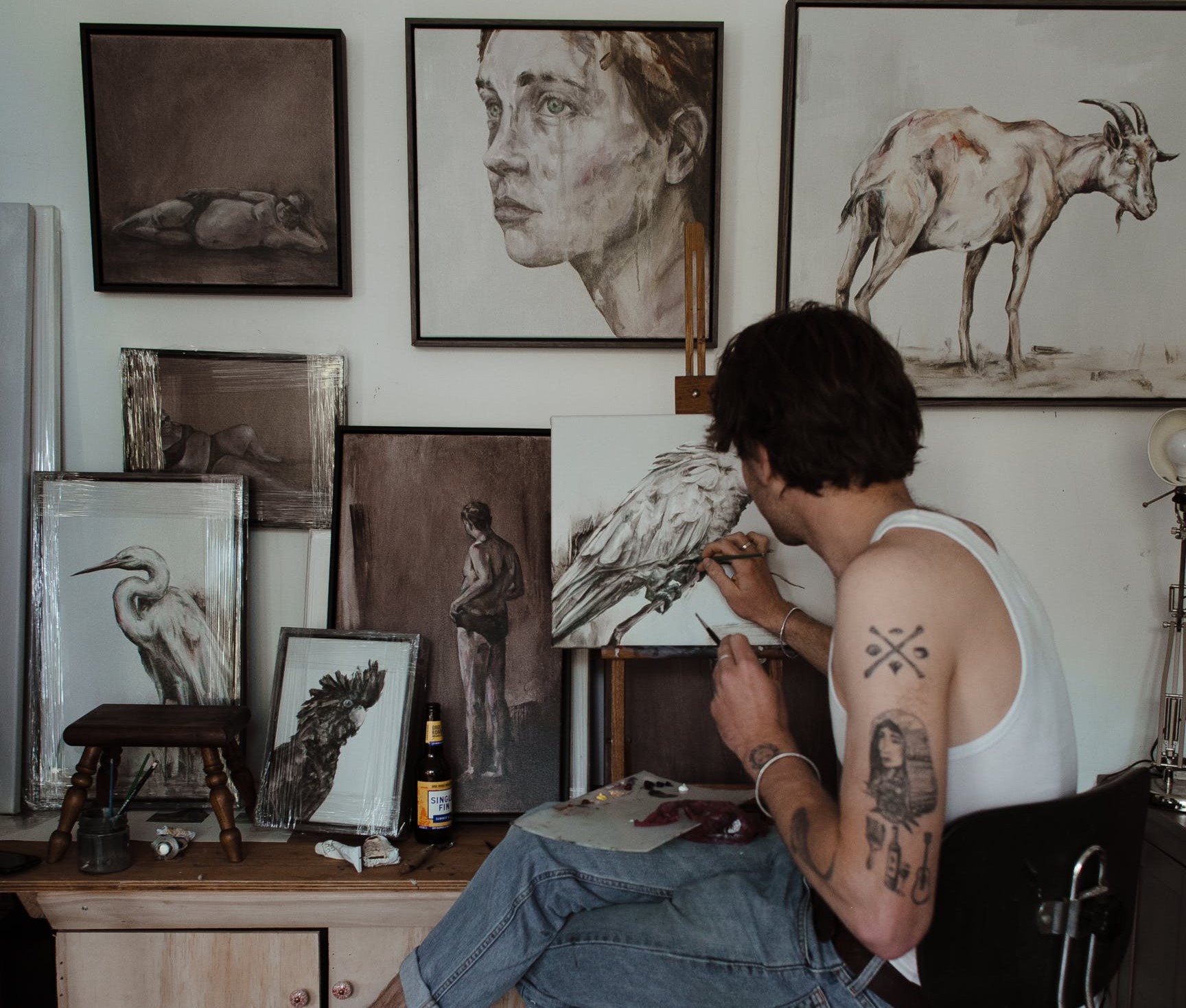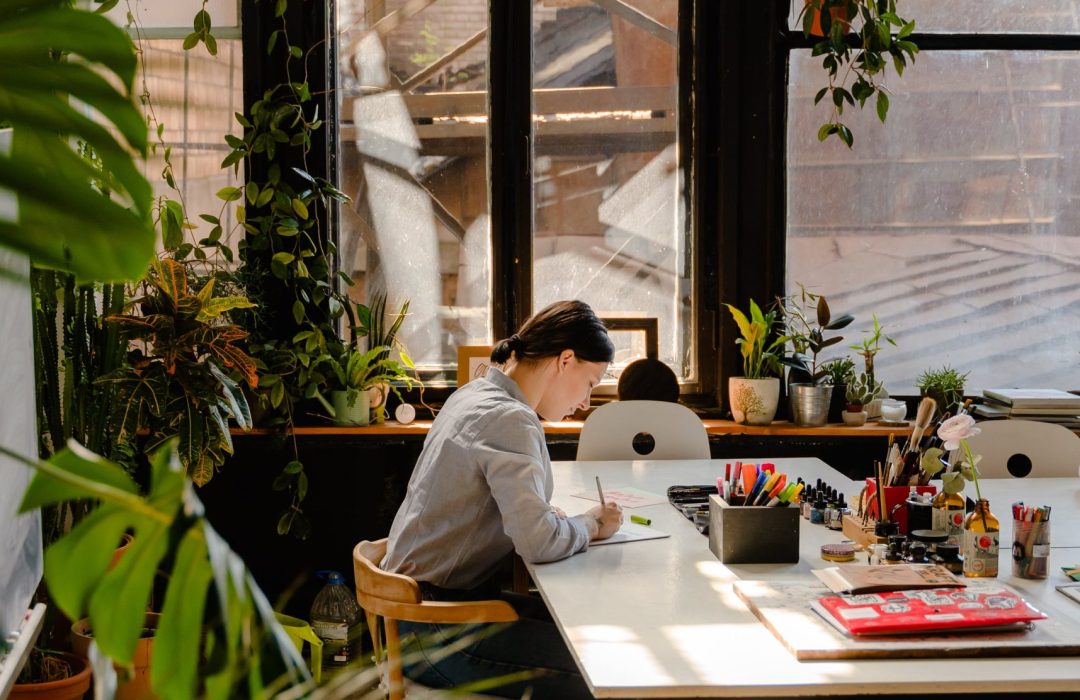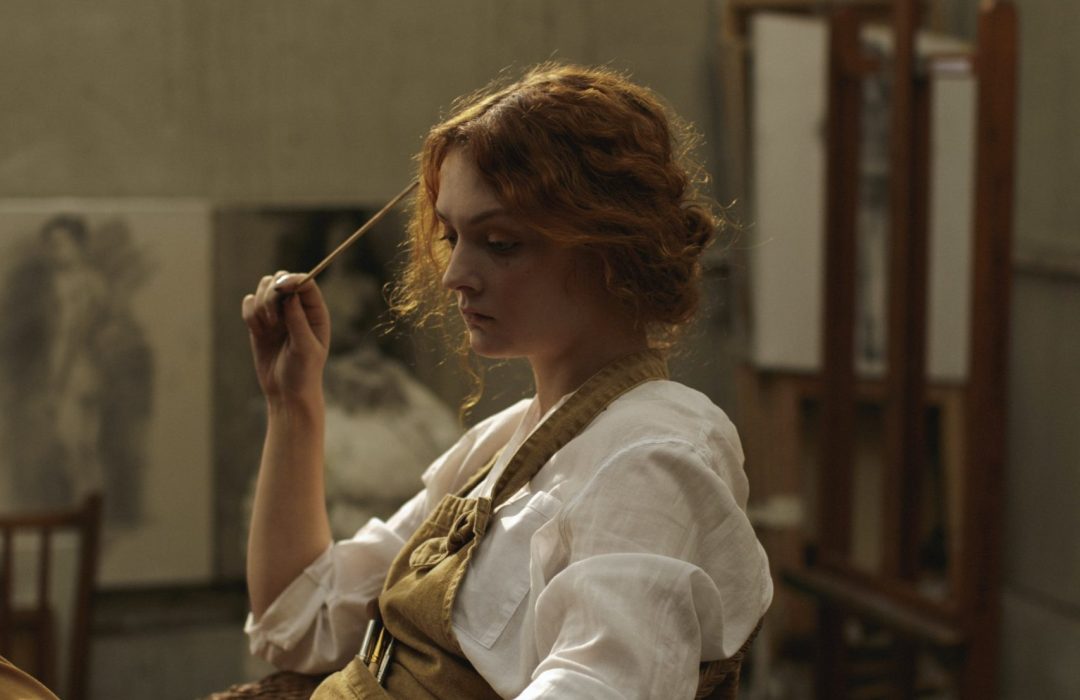
12 Jan Grants and Funding for Modern Artists in 2024
Several modern artists are aware of the dilemma when their creative ability clashes with financial restraints. In an increasingly creative environment, obtaining money may be an overwhelming challenge. Imagine having a brilliant idea but needing more resources to make it a reality. For many artists, this is the reality, emphasizing how important it is to understand and succeed in the world of grants and funding.
Furthermore, as the art business continues to evolve and diversify, it is becoming more vital to acknowledge and adapt to the shifting grant and funding landscape. Getting funding is only one part of negotiating this challenging environment; another is seizing opportunities that further the artist’s vision and contribute to a broader cultural and societal dialogue. This introduction sheds light on the various opportunities and challenges that modern artists face when applying for grants and financing, all the while highlighting the crucial role that financial assistance plays in developing groundbreaking creative conceptions.
Understanding Funding for Modern Artists
Seeking financial aid turns into a difficult undertaking that calls both skill as well as a calculated approach to get around the complex maze of options. Beyond the financial side, artists need to take advantage of opportunities that support their own goals and further a larger cultural and societal conversation. Getting resources is not the only thing to do; the real work is to seize the chances that complement the artist’s own style and deepen its impact on the greater fabric of human expression. In order to successfully navigate this challenging landscape, one must strike a careful balance between creativity and practicality. Securing money is not just a means to a goal, but also an essential first step in creating a dynamic cultural conversation that crosses boundaries and improves the lot of all people.

Types of Funding
Grants
Grants serve as lifelines for artists, offering financial support for projects, career development, and research endeavors. Eligibility criteria vary, but most grant programs seek to bolster innovation and artistic merit. In addition to monetary assistance, grants often catalyze artistic experimentation, enabling artists to push boundaries and explore innovative ideas. Understanding the eligibility criteria for different grant programs is essential, as they vary widely.
However, the common thread among most grant initiatives is the shared goal of bolstering innovation and recognizing artistic merit. Artists navigating the grant landscape should meticulously research and tailor their proposals to align with the objectives of each grant, showcasing how their work contributes to the advancement of contemporary art.
Residencies
Artist residencies provide invaluable opportunities for creative exploration and collaboration. They offer dedicated time and space for artists to immerse themselves in their work, fostering an environment conducive to inspiration and growth.
Participating in a residency provides financial support and exposes artists to diverse perspectives, facilitating cross-cultural exchange and expanding their artistic horizons.
The immersive nature of residencies allows artists to break away from routine, engage in uninterrupted creative processes, and establish connections with fellow artists and mentors. Navigating the diverse landscape of artist residencies involves identifying programs that align with the artist’s goals and creative vision.
Awards and Fellowships
Prestigious awards and fellowships recognize exceptional talent, providing not only financial backing but also acknowledgment and validation within the artistic community. Beyond monetary support, receiving an award or fellowship serves as a testament to an artist’s excellence and contributes to their professional credibility.
These accolades often open doors to new opportunities, including exhibitions, collaborations, and increased visibility within the art world. Artists pursuing awards and fellowships should carefully consider the specific criteria of each program, ensuring that their portfolio aligns with the values and objectives outlined by the granting organization. Successfully navigating this avenue of funding involves a strategic approach to presenting one’s artistic achievements and future aspirations.
Key funding sources
Government Agencies
National and regional arts councils are pivotal in funding the arts. Government-backed programs typically support a wide range of artistic endeavors, from grassroots initiatives to large-scale projects.
Artists who are interested in applying for government financing should investigate the various options that these agencies provide, making sure that their initiatives are in line with the overall objectives of the relevant councils. A meticulous application process and attention to prescribed rules are necessary for successfully navigating the bureaucratic processes linked with government awards. Nonetheless, government-funded programs have the potential to have a significant influence and reach, enhancing communities’ cultural life in addition to helping individual artists develop.
Private Foundations
Prominent foundations like the Andy Warhol Foundation and the Joan Mitchell Foundation are crucial in supporting contemporary art. Their focus on innovation and experimentation aligns with the evolving landscape of modern artistic expression.
Private foundations often provide a more flexible and nimble approach to funding, allowing artists to explore unconventional ideas and projects.
Artists interested in securing funding from private foundations should carefully research each organization’s mission and priorities, tailoring their proposals to resonate with the foundation’s overarching goals. Building relationships with these foundations can create long-term partnerships that extend beyond financial support, providing opportunities for mentorship and collaboration.
Crowdfunding Platforms
In the digital age, crowdfunding has emerged as a powerful tool for artists to directly connect with their audience. Platforms like Kickstarter and Indiegogo enable artists to fundraise for their projects, expanding the possibilities for financial support.
Engaging with crowdfunding platforms requires artists to effectively communicate their artistic vision, engage with potential supporters, and offer compelling incentives for contributions. The democratization of funding through crowdfunding allows artists to access a global audience and cultivate a community of supporters who believe in their work.
This avenue provides financial backing and establishes a direct connection between artists and their audience, fostering a sense of shared ownership in the creative process. Artists leveraging crowdfunding should strategize their campaigns carefully, utilizing the platforms’ reach to amplify their artistic endeavors.
Navigating the Funding Landscape as Modern Artists

Photo by Antoni Shkraba
Research and preparation
Identifying Needs and Goals
The first stage when seeking financing is to precisely define the project’s objectives and financial requirements. This expedites the application procedure and shows prospective funders that you are methodical and deliberate in your approach.
Artists should assess their work holistically, including all relevant materials, research, and further support. Having a solid understanding of the project requirements not only aids in accurate budgeting but also helps artists communicate their ideas effectively in grant applications.
Finding Relevant Grant Opportunities
Online resources and databases, such as Grantmakers in the Arts, provide a comprehensive overview of available grants. These platforms facilitate efficient research, helping artists identify opportunities that align with their artistic vision.
Artists can use these tools to sort awards according to specialty areas, application dates, and eligibility requirements. With this focused strategy, artists are certain to devote time and energy to financing possibilities that closely align with their projects and creative objectives.
Crafting Compelling Proposals
Writing a proposal that works is an art in and of itself. Advice on how to customize submissions to particular requirements and highlight artistic worth can greatly increase the chances of receiving financing.
Artists should explain the importance, effect, and alignment of their project with the funding body’s objectives. A strong proposal communicates the artist’s enthusiasm, inventiveness, and work’s societal or cultural significance in addition to detailing the project. To set a proposal apart and present a strong case for funding, it is imperative to include attention to detail, clarity, and a captivating story. When submitting proposals, artists are urged to get input from mentors or colleagues in order to improve their submissions and increase their chances of being accepted.

Photo by cottonbro studio
Challenges and Opportunities
Even if there are more grants and funding options available, there are still difficulties. Artists may encounter intense competition, difficult application procedures, or restricted access to grant information. It takes resiliency, proactive preparation, and smart thinking to overcome these obstacles. But the changing environment also offers artists the chance to look into fresh and creative ways to get funding, work with other partners, and participate in an international artistic conversation. Taking advantage of these chances and difficulties is essential to succeeding in the fast-paced world of funding for contemporary art.
Conclusion
Securing funding for artists extends beyond mere financial support; it’s a huge motivator for their artistic development. Grants and funding mechanisms act as a transformative force, propelling modern artists beyond the constraints of financial limitations and providing them with the necessary resources to explore uncharted creative territories. This financial backing not only sustains artists but also fuels innovation, allowing them to experiment with new techniques, materials, and ideas that might otherwise be financially unattainable. Moreover, funding becomes a nurturing force in an artist’s career, offering them the stability and confidence needed to dedicate themselves wholeheartedly to their craft. To the contemporary artist, the message is clear: seize these chances, face setbacks with fortitude, and watch as your creativity soars to previously unheard-of levels.
Key Takeaways
Aspect | Key Takeaway |
Types of Funding | Grants, Residencies, Awards and Fellowships, Government Agencies, Private Foundations, Crowdfunding Platforms |
Grants | Lifelines for artists, supporting projects, career development, and research; eligibility criteria vary; focus on innovation and artistic merit; research and tailor proposals meticulously |
Residencies | Provide dedicated time and space for creative exploration; financial support; foster cross-cultural exchange; identify programs aligned with artistic goals |
Awards and Fellowships | Recognize exceptional talent; financial backing, acknowledgment, and validation; strategic approach to align with program criteria; open doors to new opportunities |
Key Funding Sources | Government Agencies (National and regional arts councils), Private Foundations (Andy Warhol, Joan Mitchell), Crowdfunding Platforms (Kickstarter, Indiegogo) |
Crowdfunding Platforms | Digital tools for direct artist-audience connection; articulate artistic vision effectively; global reach and community-building; careful campaign strategizing |
Navigating Landscape | Research and Preparation: Clearly define project goals and budget; Identify Needs and Goals; Find Relevant Grant Opportunities; Craft Compelling Proposals |
Crafting Proposals | Articulate project significance, impact, and alignment with funding body goals; seek feedback for refinement; attention to detail, clarity, and persuasive narrative |
FAQs
Who is eligible for artist grants?
Eligibility criteria vary, but most grants are open to artists across disciplines, career stages, and backgrounds. It’s essential to carefully review each grant’s requirements.
How can artists find relevant grant opportunities?
Online platforms like Grantmakers in the Arts, along with targeted research, can help artists identify grants aligned with their artistic goals.
Can artists apply for multiple grants simultaneously?
Yes, artists can apply for multiple grants simultaneously. However, it’s crucial to ensure that the projects align with the specific guidelines of each grant.
Are there grants for emerging artists?
Absolutely. Many grants specifically target emerging artists, providing them with opportunities to kickstart their careers.
How can artists increase their chances of securing funding?
Clear project goals, thorough research, and compelling proposal writing significantly enhance an artist’s chances of securing funding. Tailoring proposals to specific guidelines is key.
Understand a historical perspective on how artists from different cultures have communicated and influenced each other through “History of Cross-Cultural Art Conversations” guide.

